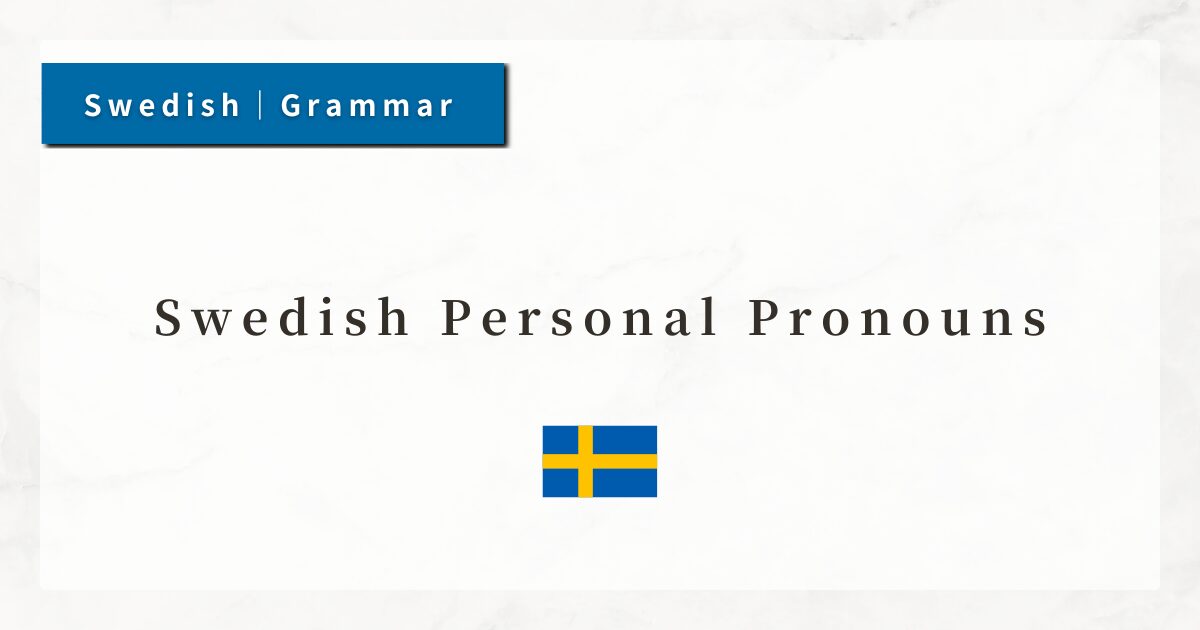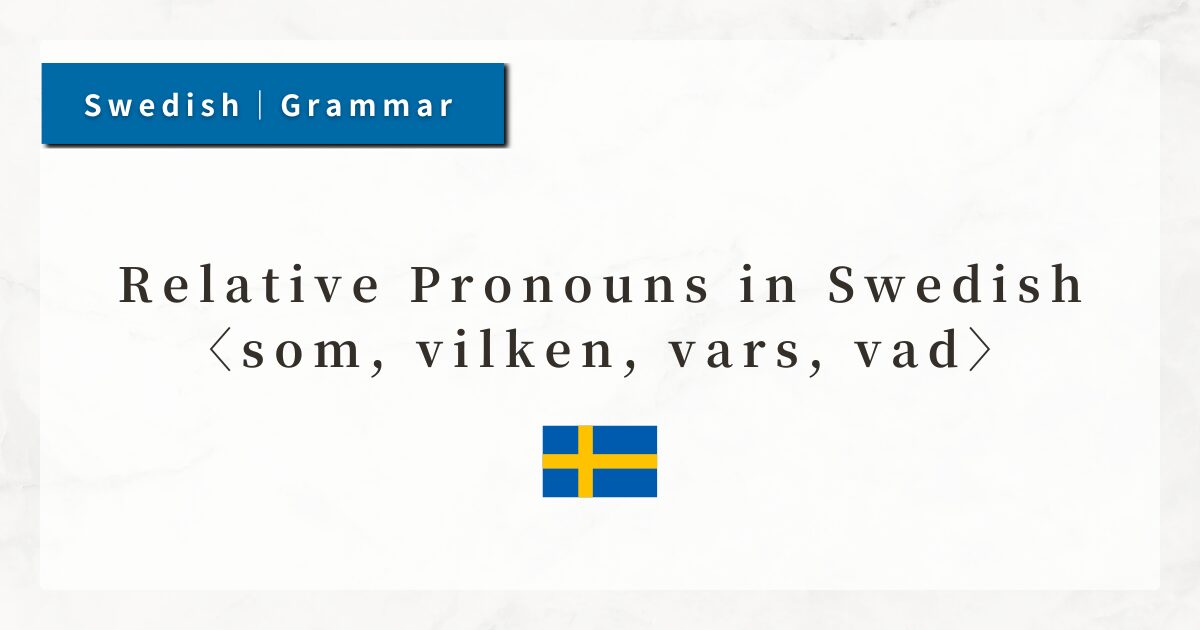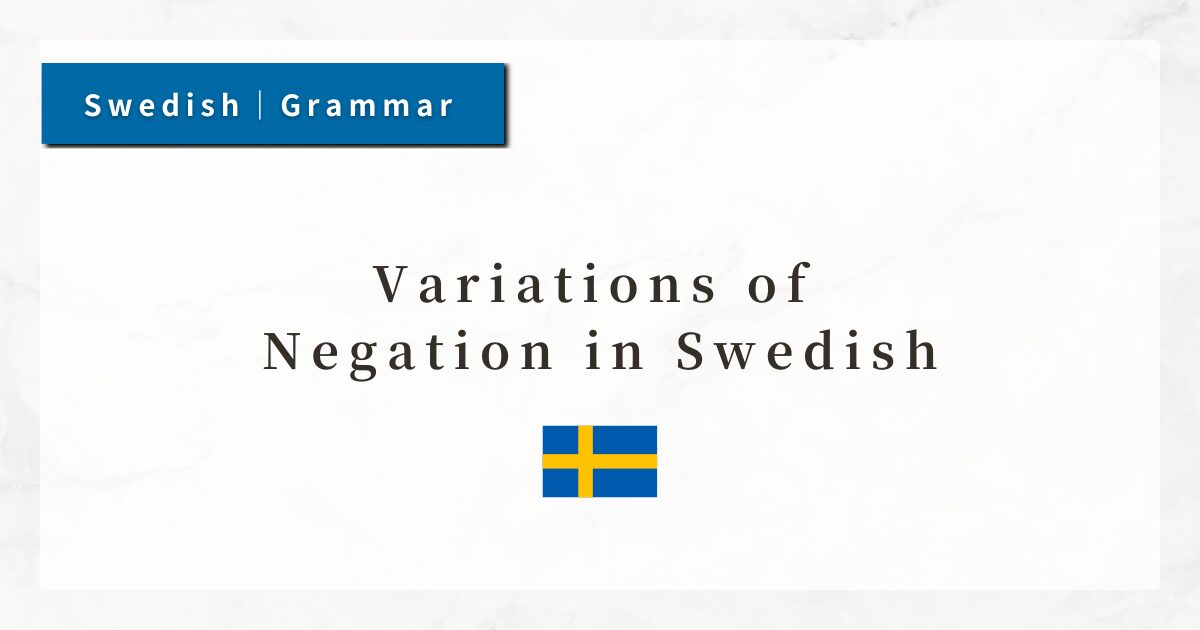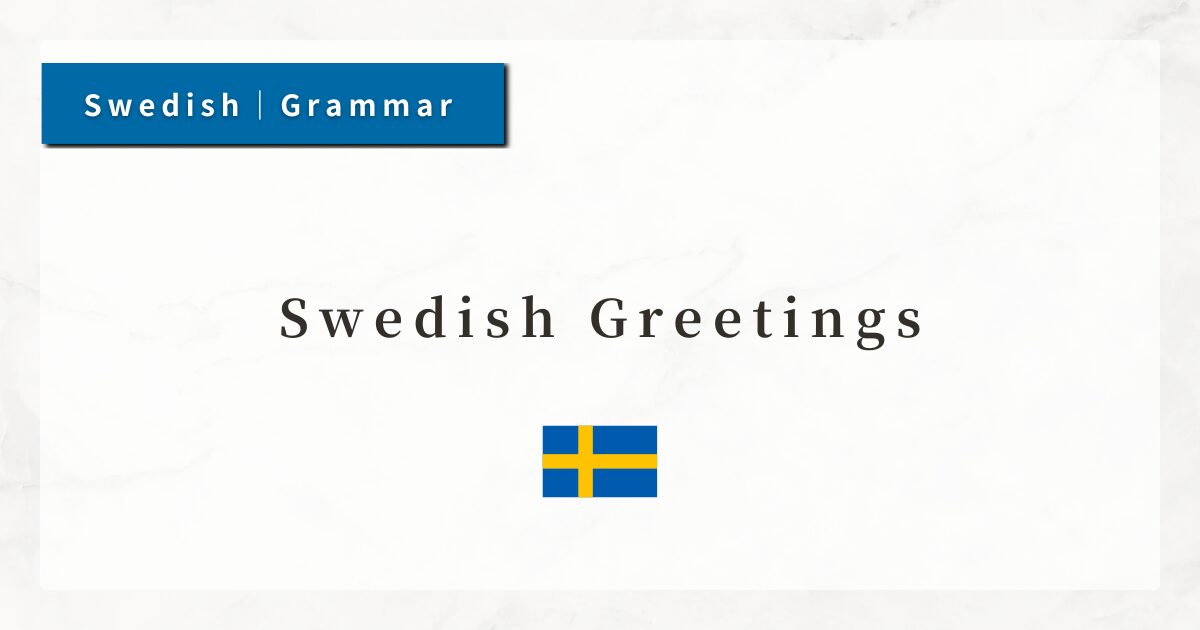#46 The Swedish Structure “Det är … att”|Usage and Examples
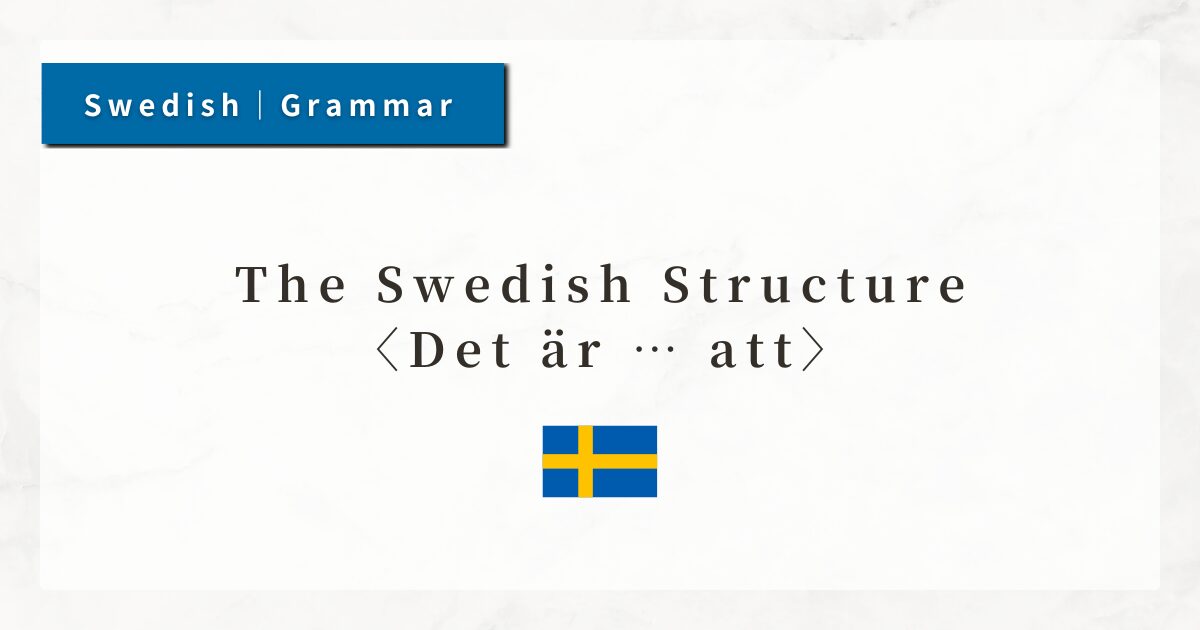
The Swedish construction Det är … att + verb is a fundamental pattern used to express ideas like “It is … to do …”.
The subject Det (“it”) here is a formal subject, while the real semantic subject is found in the att + verb phrase that follows.
In this lesson, I will explain how this structure works and how to use it naturally in Swedish.
1. Basic Structure of the Construction
The structure “Det är … att + verb” is commonly used when expressing evaluation, opinions, or feelings about an action or situation.
The basic pattern is: “Det är + adjective/adverb + att + verb (infinitive)”
In English, this corresponds to “It is … to …”.
- Det är viktigt att sova tidigt.
(It is important to go to bed early.) - Det är svårt att lära sig svenska.
(It is difficult to learn Swedish.)
Here, Det at the beginning serves as a formal subject, while the actual meaning lies in the “att + verb” phrase.
The adjective/adverb provides the evaluation and forms the main axis of the sentence’s meaning.
2. The Role of the Formal Subject Det
In Swedish, it is grammatically possible to make the “att + verb” phrase the subject of the sentence.
- Att resa ensam är spännande.
(To travel alone is exciting.)
This is grammatically correct but tends to sound formal or literary, and is often used when you want to strongly emphasize the subject.
In contrast:
- Det är spännande att resa ensam.
(It is exciting to travel alone.)
This version with the formal subject Det is more natural and common in everyday speech.
By using Det, the sentence begins with a predictable structure (It is …), making it smoother and easier to process for the listener.
3. Adjectives and Adverbs after Det är
After Det är, both adjectives and adverbs can be used.
- Adjectives: bra (good), viktigt (important), svårt (difficult), roligt (fun)
- Adverbs: lätt (easily), bra (well)
In most cases, adjectives are used. Importantly, the adjective must take the neuter form ending in -t, because the formal subject Det is grammatically neuter singular.
- Det är viktigt att äta frukost.
(It is important to eat breakfast.)
4. The att + Verb Phrase
The word att functions as an infinitive marker, similar to English to.
The verb following att always remains in its infinitive form and may take objects or adverbial phrases as needed.
- att lära sig svenska
(to learn Swedish) - att spela gitarr
(to play the guitar) - att äta frukost på morgonen
(to eat breakfast in the morning)
Additionally, you can add “för + pronoun” before the “att + verb” phrase to specify “for whom” something is true.
- Det är svårt att förstå.
(It is difficult to understand.) - Det är svårt för mig att förstå.
(It is difficult for me to understand.)
5. Summary
- The construction “Det är … att + verb” expresses evaluations or opinions like “It is … to …”.
- Det acts as a formal subject, requiring the following adjective to take the neuter form.
- The “att + verb” phrase serves as the semantic subject and always uses the infinitive form.
- A more formal alternative is “Att + verb + är …”, but in spoken Swedish the “Det är … att” construction is preferred.
- The meaning can be made more specific by choosing the right evaluative adjective or by adding “för + person”.

